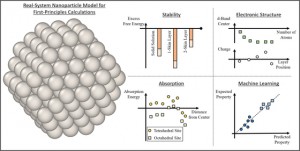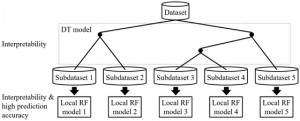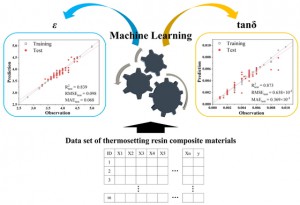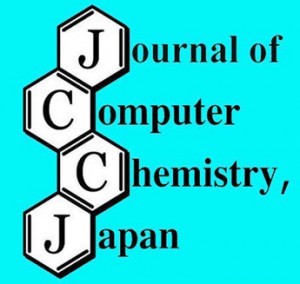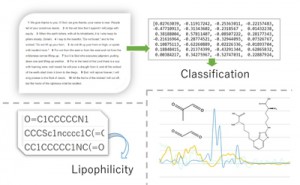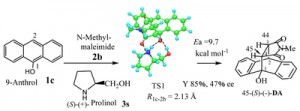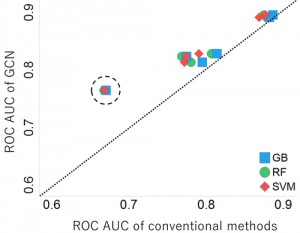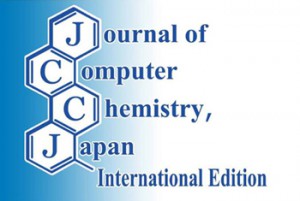[Published online Journal of Computer Chemistry, Japan Vol.20, 48-59, by J-STAGE]
<Title:> 分割統治量子化学計算におけるバッファ領域決定の自動化
<Author(s):> 小林 正人, 藤森 俊和, 武次 徹也
<Corresponding author E-Mill:> k-masato(at)sci.hokudai.ac.jp
<Abstract:> 本稿では,著者らが開発してきた大規模量子化学計算手法である分割統治(DC)法において,バッファ領域を自動的に決定する手法について述べる.バッファ領域は,DC法の近似に伴い導入される誤差に直接関係し,その選択はエネルギー精度を決める要である.繰り返し計算であるDC Hartree-Fock法では,二層の階層構造を持つバッファ領域を用いる.外側バッファ領域の各原子からのエネルギー寄与を概算し,エネルギー閾値に基づいてバッファ領域をその方向に拡大すべきか否かを判断することで,バッファ領域を徐々に拡大していく.一方,繰り返し計算ではない2次M ller-Plesset摂動計算に対するDC法では,元のバッファ領域内の各原子に対してエネルギー寄与を概算し,与えられたエネルギー閾値以上の寄与を持つ原子のみをバッファ領域に残す.いずれの手法も,エネルギーに基づく1つの閾値だけをパラメータとして,ほぼ一定の精度でエネルギーを計算できることを実証した.
<Keywords:> Large-scale quantum chemical method, self-consistent field calculation, second-order M ller-Plesset perturbation (MP2) calculation, accuracy control
<URL:> https://www.jstage.jst.go.jp/article/jccj/20/2/20_2021-0025/_article/-char/ja/
<Title:> 分割統治量子化学計算におけるバッファ領域決定の自動化
<Author(s):> 小林 正人, 藤森 俊和, 武次 徹也
<Corresponding author E-Mill:> k-masato(at)sci.hokudai.ac.jp
<Abstract:> 本稿では,著者らが開発してきた大規模量子化学計算手法である分割統治(DC)法において,バッファ領域を自動的に決定する手法について述べる.バッファ領域は,DC法の近似に伴い導入される誤差に直接関係し,その選択はエネルギー精度を決める要である.繰り返し計算であるDC Hartree-Fock法では,二層の階層構造を持つバッファ領域を用いる.外側バッファ領域の各原子からのエネルギー寄与を概算し,エネルギー閾値に基づいてバッファ領域をその方向に拡大すべきか否かを判断することで,バッファ領域を徐々に拡大していく.一方,繰り返し計算ではない2次M ller-Plesset摂動計算に対するDC法では,元のバッファ領域内の各原子に対してエネルギー寄与を概算し,与えられたエネルギー閾値以上の寄与を持つ原子のみをバッファ領域に残す.いずれの手法も,エネルギーに基づく1つの閾値だけをパラメータとして,ほぼ一定の精度でエネルギーを計算できることを実証した.
<Keywords:> Large-scale quantum chemical method, self-consistent field calculation, second-order M ller-Plesset perturbation (MP2) calculation, accuracy control
<URL:> https://www.jstage.jst.go.jp/article/jccj/20/2/20_2021-0025/_article/-char/ja/


